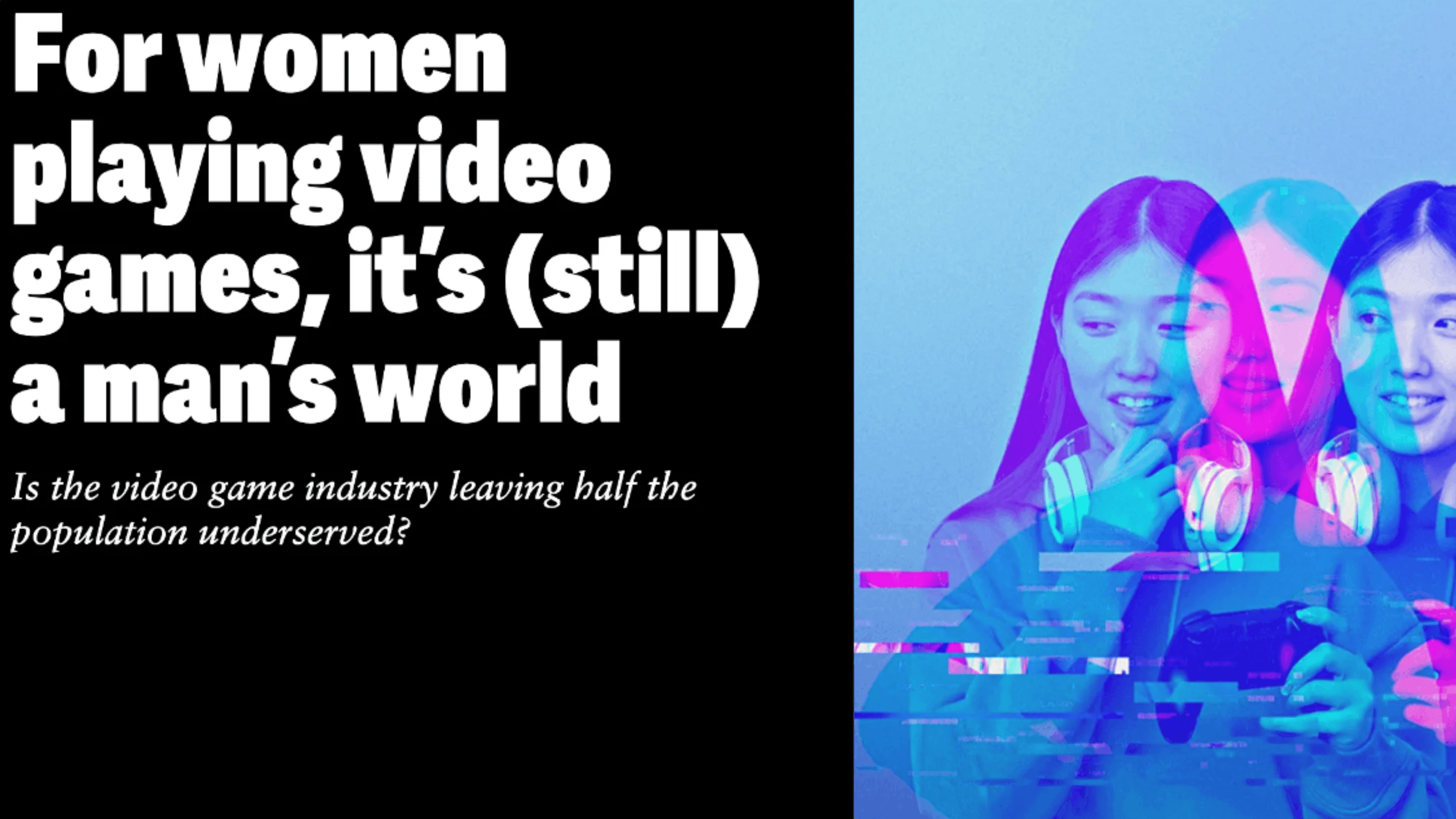The gaming industry is experiencing unprecedented growth, yet there remains significant room for improvement, particularly in how it engages women gamers. With 41% of U.S. gamers identifying as female, this segment represents a considerable opportunity for companies to drive new revenue. Despite their numbers, female gamers are still not fully engaged by the industry, raising important questions about how to better reach this audience.
Who Are Today’s Gamers?
The perception of gamers has evolved considerably over the years. No longer is the stereotype of the basement-dwelling, introverted player accurate. Today’s gamers come from various backgrounds and engage with gaming in different ways. Beyond Millennials and Gen Z, gamer profiles have expanded to include new segments such as parents, casual players, and even those who may not self-identify as gamers. Understanding these diverse profiles is essential for the industry to broaden its appeal.
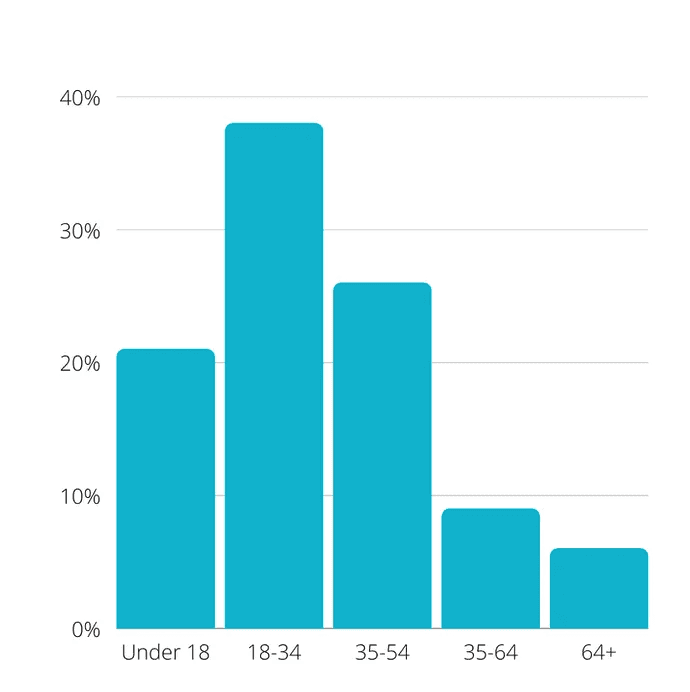
Gamer Profile Demographics By Age Group
Gamer Profiles:
- The Parent Gamer: Increasingly, parents are engaging with their children’s gaming habits, with 67% playing games with their children at least once a week.
- The Average Gamer: The average gamer is 34 years old, playing just over six hours a week, often using games to unwind after work or family commitments.
- The Hardcore Gamer: Around 21% of gamers are considered hardcore, defined by intense engagement, competitive play, and significant time investment.
- The Woman Gamer: Women make up nearly half of the gaming market, with females aged 18-35 accounting for 30% of all U.S. gamers. Despite their numbers, they are an underrepresented and under-targeted group in the industry.
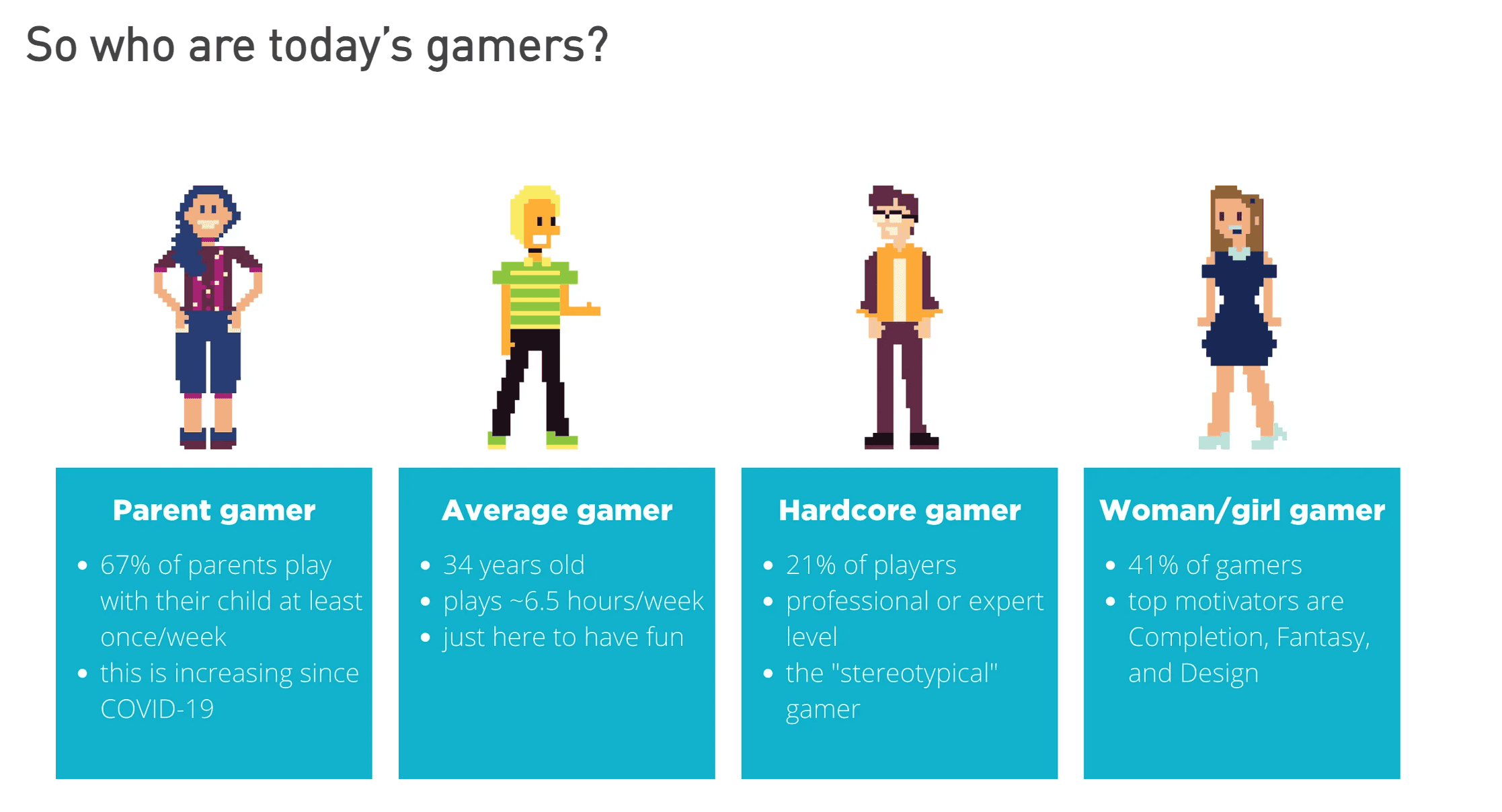
Who Are Today's Gamers?
Female Gamers: A Growing but Untapped Market
The number of female gamers has seen only modest growth over the past decade, from 38% in 2006 to 41% in 2020. While nearly half of the gaming audience is female, the industry has yet to fully capitalize on this demographic. Female gamers tend to seek specific game elements—such as completion, fantasy, and design-based games—that differ from the preferences of male gamers. This difference in preferences highlights the importance of creating content that resonates with female players.
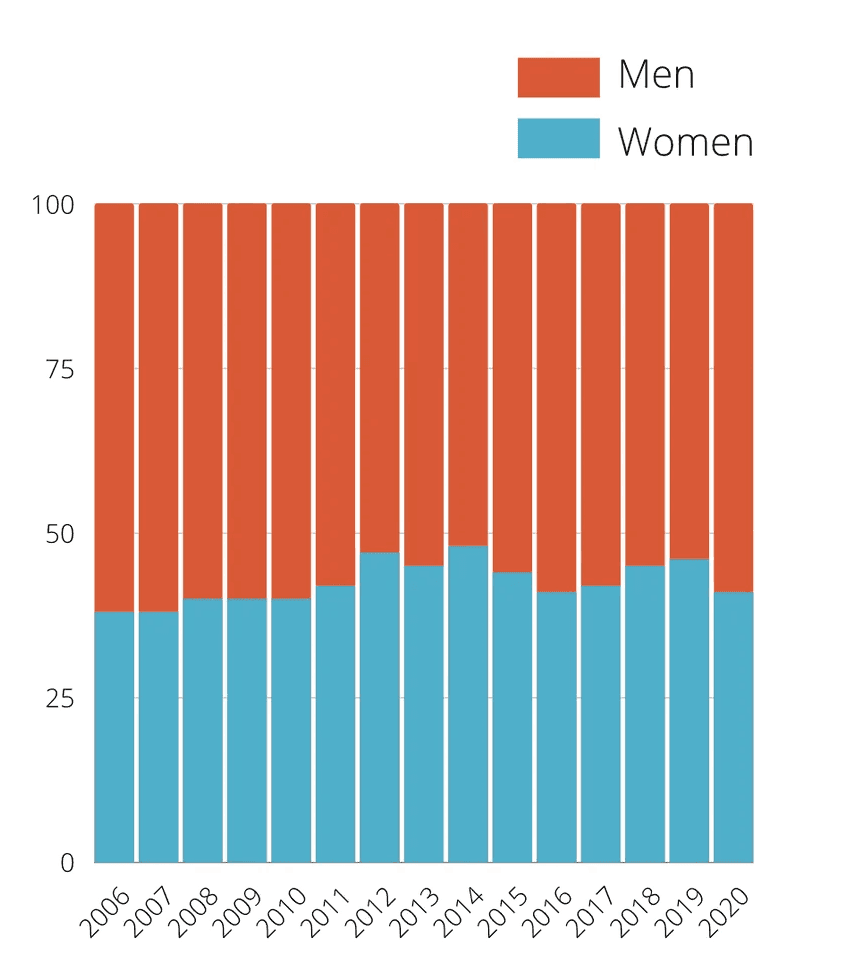
Male vs Female Gamers 2006-2020
Motivations of Female Gamers:
- Completion (17.0%)
- Fantasy (16.2%)
- Design-based games (14.5%)
Compared to male players, who show a more even distribution of preferences across competitive and destructive elements, women’s gaming motivators are more concentrated. These statistics indicate a need for the industry to diversify game offerings and cater more thoughtfully to the female audience.

Motivations for Female Gamers
Barriers to Greater Female Participation in Gaming
Despite their growing presence, women face numerous obstacles in gaming spaces. Research reveals that these barriers are deeply rooted in the gaming culture and industry practices.
Common Barriers:
- Social Stigma: Only 6% of women consider themselves gamers, largely due to the perception that gaming is a male-dominated activity.
- Online Harassment: 36% of women report being treated with less respect than men in online gaming spaces.
- Lack of Representation: Only 18% of video games feature female protagonists.
- Sexist Portrayals: Many female characters in games are hyper-sexualized or portrayed as submissive, reinforcing negative stereotypes.
A prominent example of the toxicity women face in gaming is #GamerGate, an online harassment campaign in 2014 that exposed the deep-rooted sexism in the industry. Incidents like this have made it challenging for many women to feel welcome in gaming communities.

Two Female Identifying Gamers
Industry Response and Missed Opportunities
While gaming companies have acknowledged the existence of sexism and harassment, meaningful changes have been slow. Instead of addressing the core issues, many companies have focused on inclusive marketing strategies that lack depth. For example, tactics like online events, nostalgic re-releases, and pop-culture crossovers have been profitable but fail to address the underlying issues faced by female gamers.
Popular Industry Strategies:
- Online Events: Limited-time events like Fortnite’s Marshmello concert draw massive audiences and create shared experiences.
- Nostalgia: Developers have re-released popular games, such as Epic Games’ GTA V, to great success.
- Crossovers: Pop culture integrations, such as Fortnite skins or dances, have generated excitement and new revenue streams.
While effective in driving engagement, these strategies have yet to unlock the full potential of female gamers as a key market.
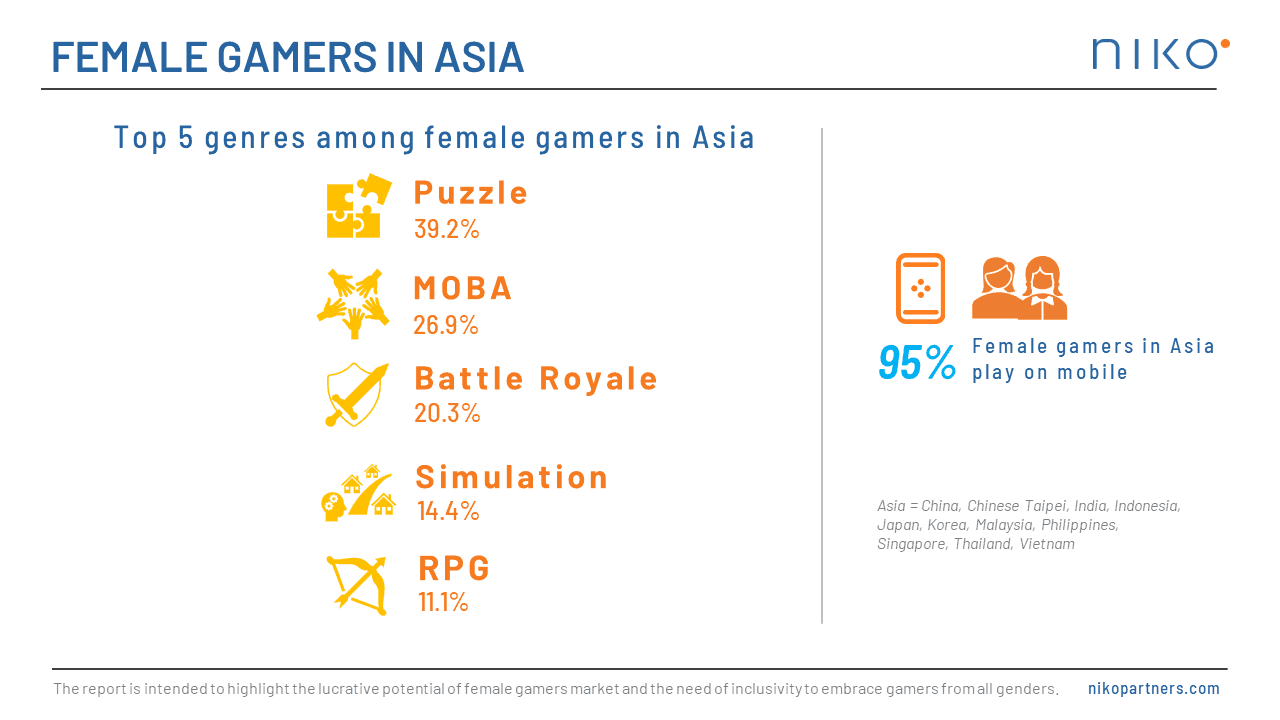
Female Gamer Study in Asia by Niko Partners
Turning Insights Into Action: Engaging Female Gamers
For companies to genuinely connect with female gamers, a more thoughtful and targeted approach is necessary. The gaming industry needs to better understand why women play and what barriers prevent them from further exploring the gaming world. This can be achieved by implementing more inclusive research practices and developing games that appeal to the preferences and experiences of women.
Key Considerations for Companies:
- Incorporate Gaming into Brand Research: Make surveys and focus groups a natural part of the gaming experience to gather authentic insights.
- Leverage Video Testimonials: Bring quantitative data to life through personal stories and experiences.
- Engage on Familiar Platforms: Connect with female gamers on platforms like social media and text, where they are most comfortable.
- Create a Space for Candid Feedback: Encourage open dialogue about gaming experiences to inform future business decisions.
- Use Real-Time Feedback: Collect insights during time-sensitive events or releases to stay ahead of trends.
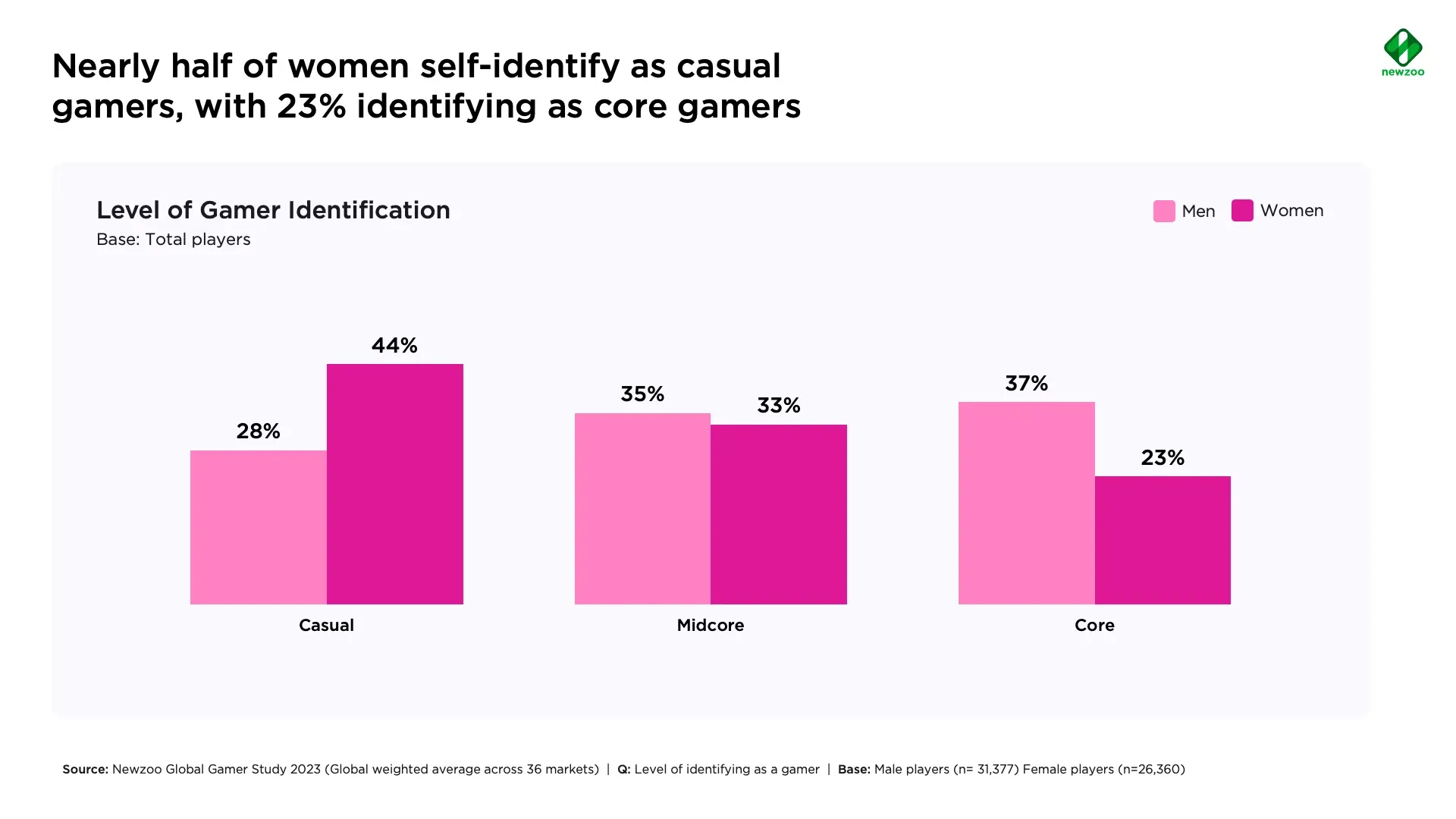
Nearly Half of Women Self-Identify as Casual Gamers
Final Thoughts
The potential for growth among female gamers is immense. While women already make up a significant portion of the gaming population, their spending power remains underutilized. To capture this market, gaming companies must engage with women authentically and address the barriers that hold them back. Those who succeed in creating genuinely inclusive and engaging experiences will not only grow their audience but also secure a dominant position in the next decade of gaming trends.



